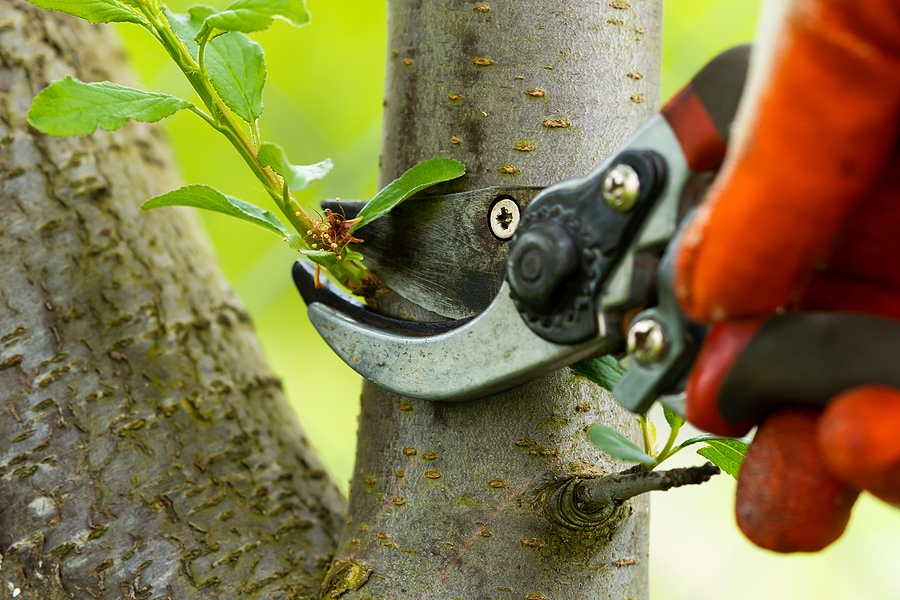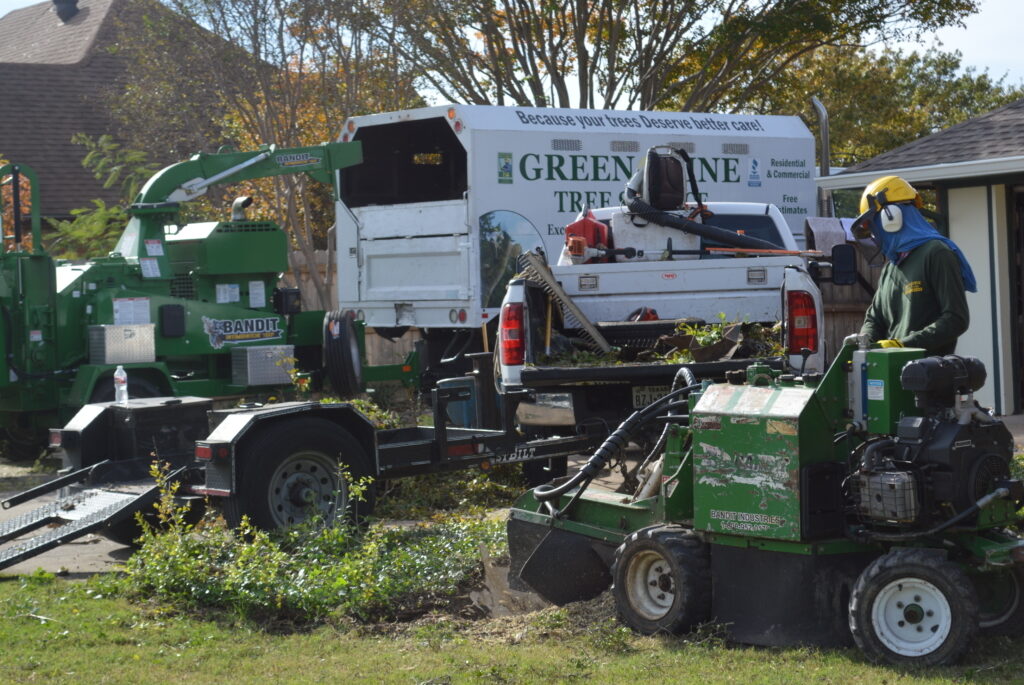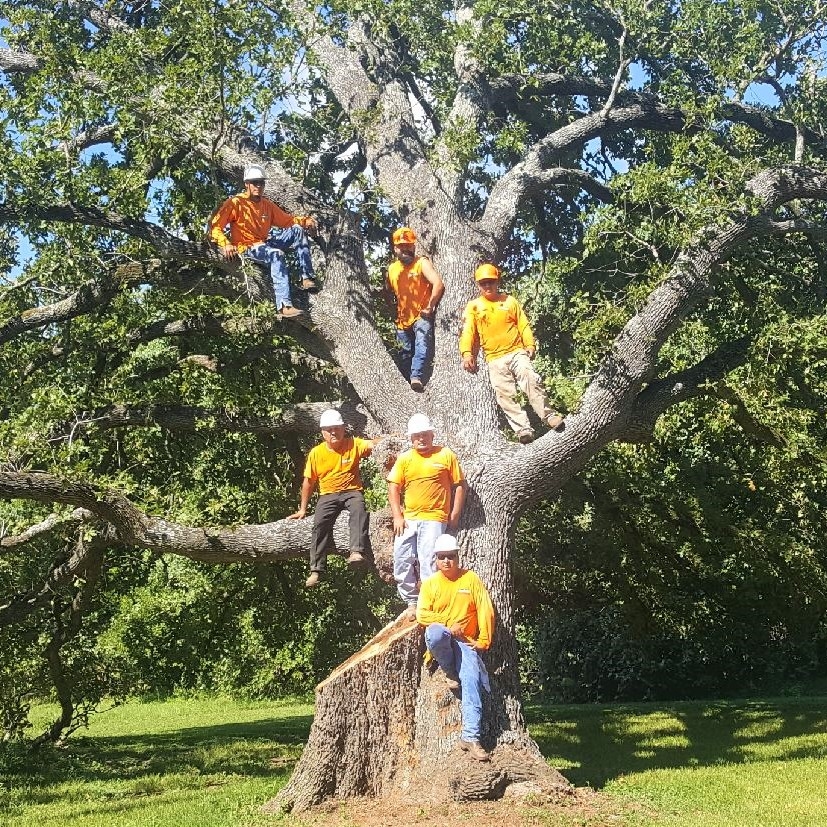What is Tree Pruning?
Pruning a tree involves carefully cutting away certain branches or stems to improve its structure and health. This is done to improve the tree’s structure, remove dead or diseased branches, and stimulate healthy growth. It’s like giving your tree a haircut to keep it looking good and growing strong!
Why Tree Pruning is Important
Trimming your trees is crucial to maintaining their long-term health. Whether you’re a gardener, homeowner, or someone who just loves the look of a well-maintained tree, understanding the benefits of pruning is key.
Promoting Healthy Growth
Pruning helps trees focus their energy on new, healthy branches. By cutting away old or dead branches, the tree can put more energy into producing fresh growth.
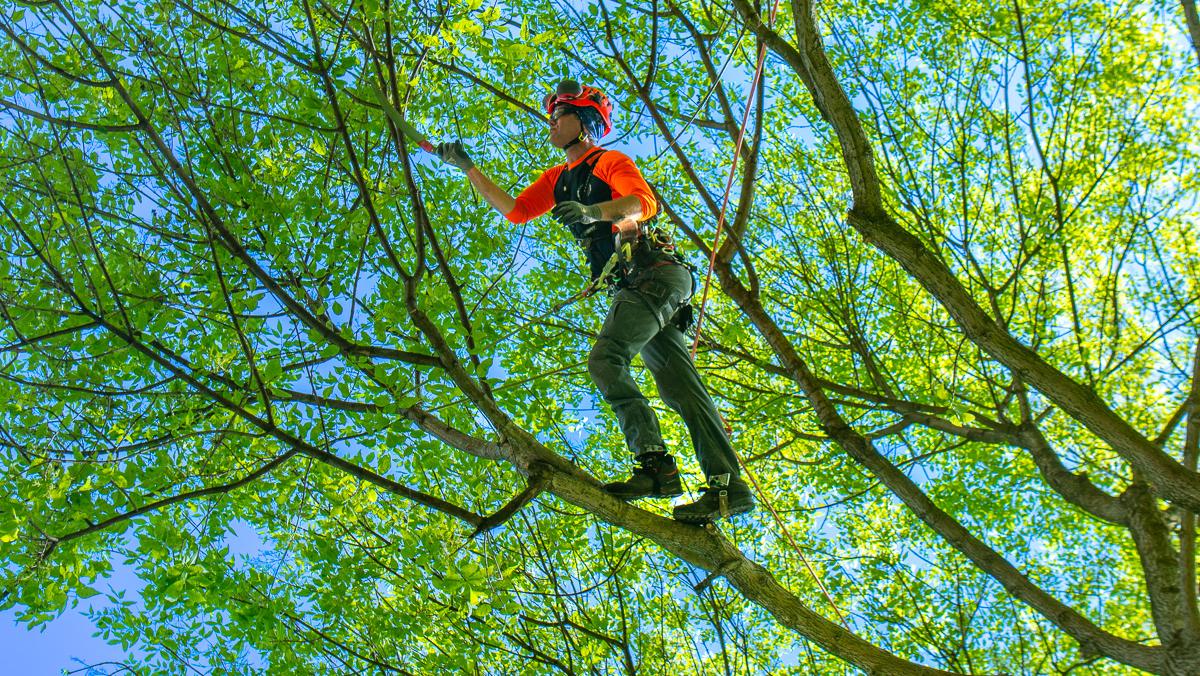
Preventing Diseases
Diseases can easily spread through dead branches or limbs. By pruning these areas, you can stop infections from spreading and keep your tree healthy. Consider it like giving your tree a dose of preventive care!
Enhancing Fruit Production
If you have fruit-bearing trees, pruning can significantly boost fruit production. By removing non-productive branches, the tree can focus its energy on producing bigger and better fruit.
Ensuring Safety
Dead or weak branches pose a risk, especially during storms or high winds. Regular pruning can prevent accidents and property damage by removing these hazards.
When to Prune Your Trees
Timing is critical when it comes to tree pruning. Different seasons affect how your tree responds to pruning.
Winter Pruning
Winter is the most common time for pruning because trees are dormant. Pruning during dormancy encourages new growth in the spring, making it an ideal time for most trees.
Summer Pruning
Summer pruning helps control or slow down the growth of certain branches. It’s also a great time to prune if you want to focus on shaping your tree.
Avoid Pruning During Fall
Pruning in the fall can be detrimental to the health of your trees. Fall pruning can cause new growth that might not have enough time to harden before winter, making the tree more vulnerable to cold damage.
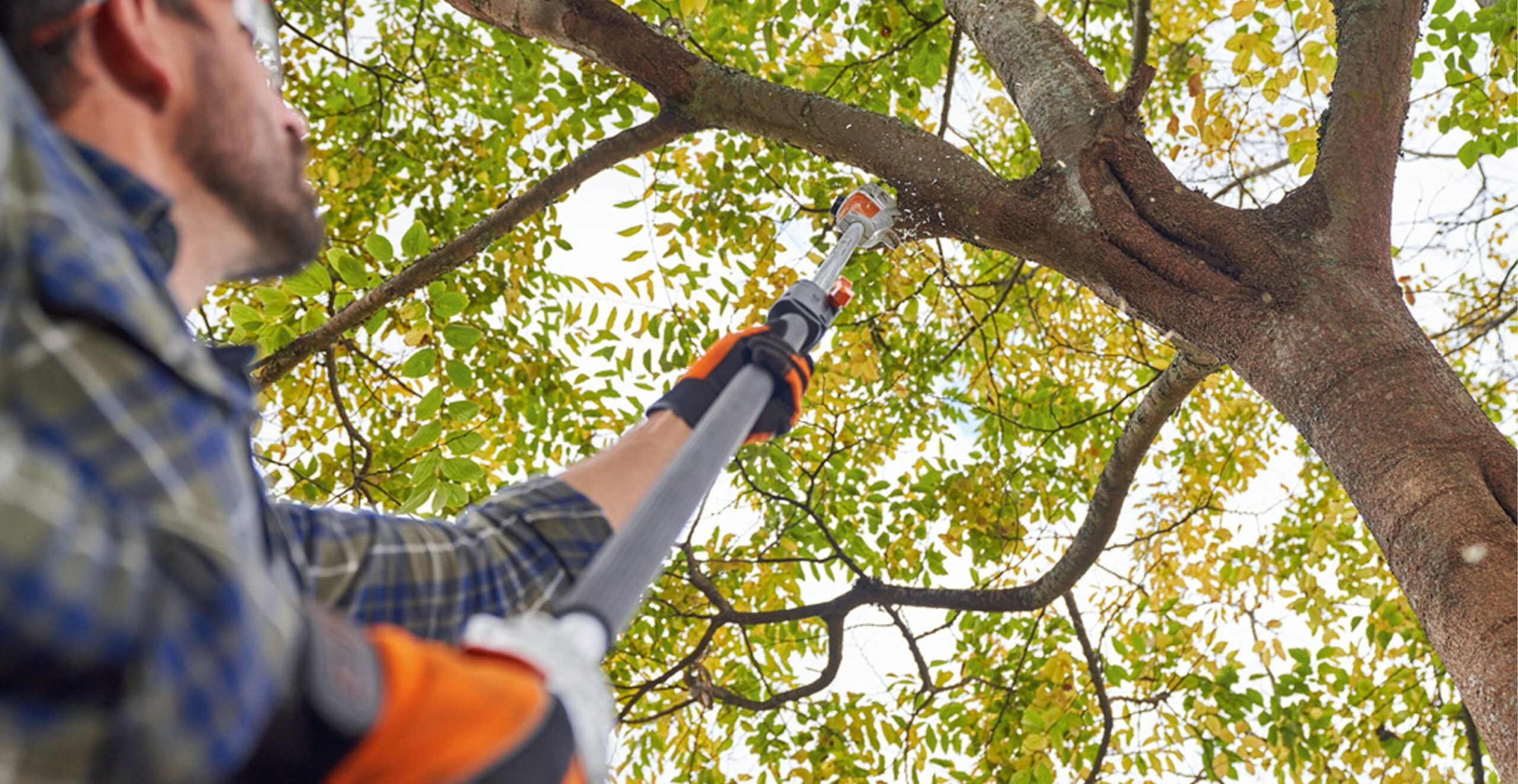
Tools You Need for Pruning
Using the proper tools is crucial for successful pruning.
Pruning Shears
Perfect for small branches and stems, pruning shears are a must-have tool for any gardener.
Loppers
For thicker branches, loppers provide the extra power you need. These long-handled tools allow you to reach higher branches while applying more force.
Pruning Saws
Pruning saws are used for larger branches that are too thick for shears or loppers.
Pole Pruners
If your tree has high branches, a pole pruner can help you reach them without a ladder.
Tree Pruning Techniques
There are different techniques for pruning depending on your goals.
Thinning
Thinning involves removing select branches throughout the canopy. It helps improve air circulation and sunlight penetration.
Topping
Topping cuts the top of the tree off, forcing lower branches to grow more. While controversial, this method can be used for certain tree types in specific situations.
Raising
Raising is the removal of lower branches to provide clearance for pedestrians, buildings, or views.
Reduction
Reduction reduces the size of the tree by cutting back the height or spread. This method is often used to prevent a tree from interfering with power lines.
How to Prune Different Types of Trees
Each type of tree has its own pruning needs.
Deciduous Trees
Deciduous trees should be pruned during their dormant season (usually winter) to encourage healthy spring growth.
Evergreen Trees
Evergreens require less pruning, but light trimming in the early spring can improve their shape and health.
Fruit Trees
Fruit trees benefit greatly from annual pruning. It encourages better fruit yield and prevents disease.
Flowering Trees
Prune flowering trees immediately after they bloom. Pruning at this time encourages more flowers next season.
Common Mistakes to Avoid When Pruning
Pruning mistakes can harm your tree, so be mindful of these common errors.
Over-pruning
Removing too many branches can stress the tree, leaving it vulnerable to diseases and pests.
Wrong Timing
Pruning at the wrong time of year can result in poor growth or expose your tree to disease.
Improper Cutting Techniques
Incorrect cuts can leave your tree open to infection or cause unnecessary damage.
The Pros and Cons of Tree Pruning
Pruning offers many benefits but also comes with a few potential downsides.
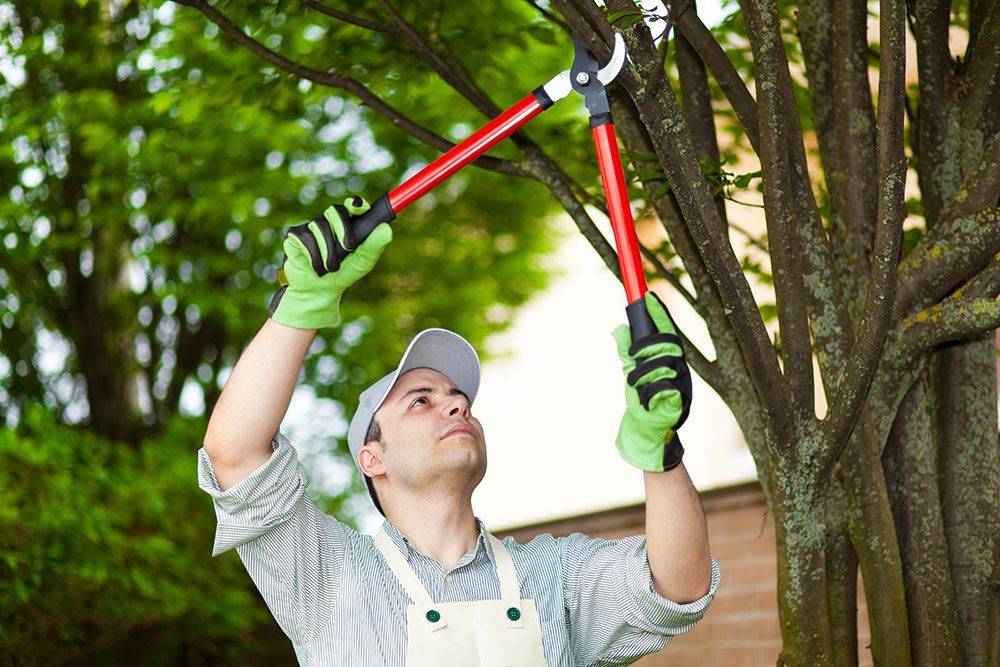
Pros
Encourages healthy growth
Prevents disease spread
Enhances fruit production
Improves safety
Cons
Over-pruning can stress the tree
Improper techniques may harm the tree
Timing errors can reduce growth or cause damage
How to Care for Trees After Pruning
After pruning, give your tree a little extra care. Water it well, keep an eye on any wounds for signs of infection, and consider mulching around the base to help retain moisture.
